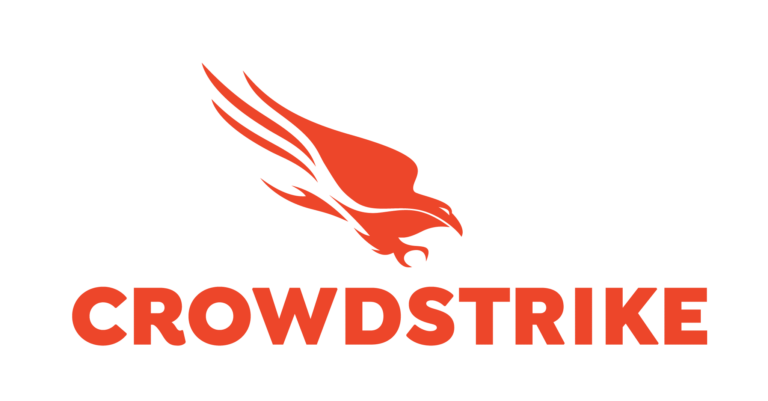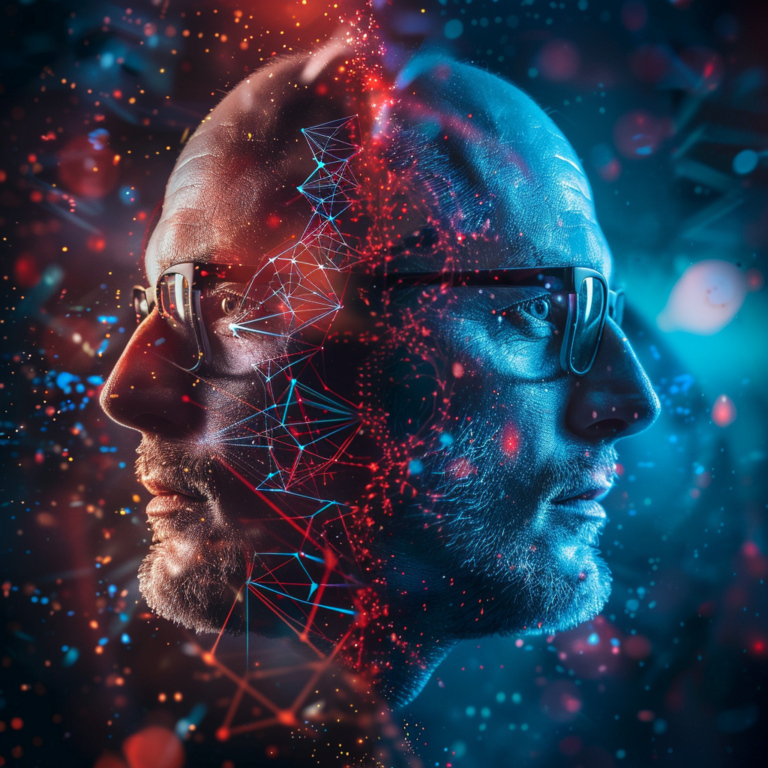New York Times Sues OpenAI and Microsoft for Copyright Infringement
In a surprising turn of events, The New York Times has recently filed a lawsuit against OpenAI, a leading artificial intelligence research lab, and Microsoft, the tech giant. The lawsuit alleges copyright infringement, claiming that OpenAI and Microsoft have unlawfully used The New York Times’ copyrighted material for their AI language model, GPT-3. This legal battle between two prominent entities has raised concerns regarding intellectual property rights and the implications it may have on the future of AI development.
Analyzing the Grounds and Impact of the Lawsuit
The New York Times’ lawsuit rests on the assertion that OpenAI and Microsoft have used copyrighted material without proper authorization. GPT-3, which stands for “Generative Pre-trained Transformer 3,” is an advanced language model developed by OpenAI. It has garnered significant attention for its ability to generate human-like text. However, The New York Times argues that GPT-3’s training data includes substantial amounts of their copyrighted material, such as news articles and opinion pieces. This lawsuit has the potential to set a precedent for AI models using copyrighted content, as it questions the boundaries between fair use and infringement.
The impact of this lawsuit extends beyond the immediate parties involved. If The New York Times prevails in their case, it could significantly impact the development and use of AI language models. OpenAI’s GPT-3 is widely used in various applications, ranging from chatbots and customer service to content creation. A ruling against OpenAI and Microsoft could result in limitations or restrictions on the use of copyrighted material in such AI models. This could have far-reaching consequences for the AI industry, leading to a reevaluation of how AI models are trained and the extent to which copyrighted content is incorporated.
Legal Implications and Potential Precedents to Watch
From a legal standpoint, this lawsuit raises fundamental questions about intellectual property rights in the context of AI development. The New York Times’ argument centers around whether using copyrighted material for training an AI model constitutes infringement or falls under fair use. Unlike human writers, AI models don’t have the ability to seek permission or attribute the sources of their training data. This case may shed light on the legal responsibilities and obligations of AI developers and their duty to respect copyright laws. It also brings into focus the need for clearer regulations and guidelines in the rapidly evolving field of AI.
The outcome of this lawsuit will be closely watched by industry experts, AI researchers, and content creators alike. If The New York Times succeeds in proving copyright infringement, it may pave the way for future lawsuits against other AI developers who rely on copyrighted material for training purposes. Conversely, if OpenAI and Microsoft prevail, it could set a precedent that allows for more lenient usage of copyrighted material by AI models. Regardless of the verdict, this case highlights the urgent need for stakeholders to come together and establish a framework that balances innovation and creativity with the protection of intellectual property rights.
The New York Times’ lawsuit against OpenAI and Microsoft has brought to the forefront the complex issue of copyright infringement in AI development. As these two powerful entities engage in legal combat, the outcome of this case has the potential to shape the future of AI models and their relationship with copyrighted material. It underscores the necessity of finding a middle ground that encourages innovation and respects intellectual property rights. This lawsuit serves as a reminder that as AI technologies continue to advance, so too must our legal frameworks and regulations. Only with careful consideration and collaboration can we strike a balance that ensures fair use of copyrighted material while fostering continued AI innovation and growth.




